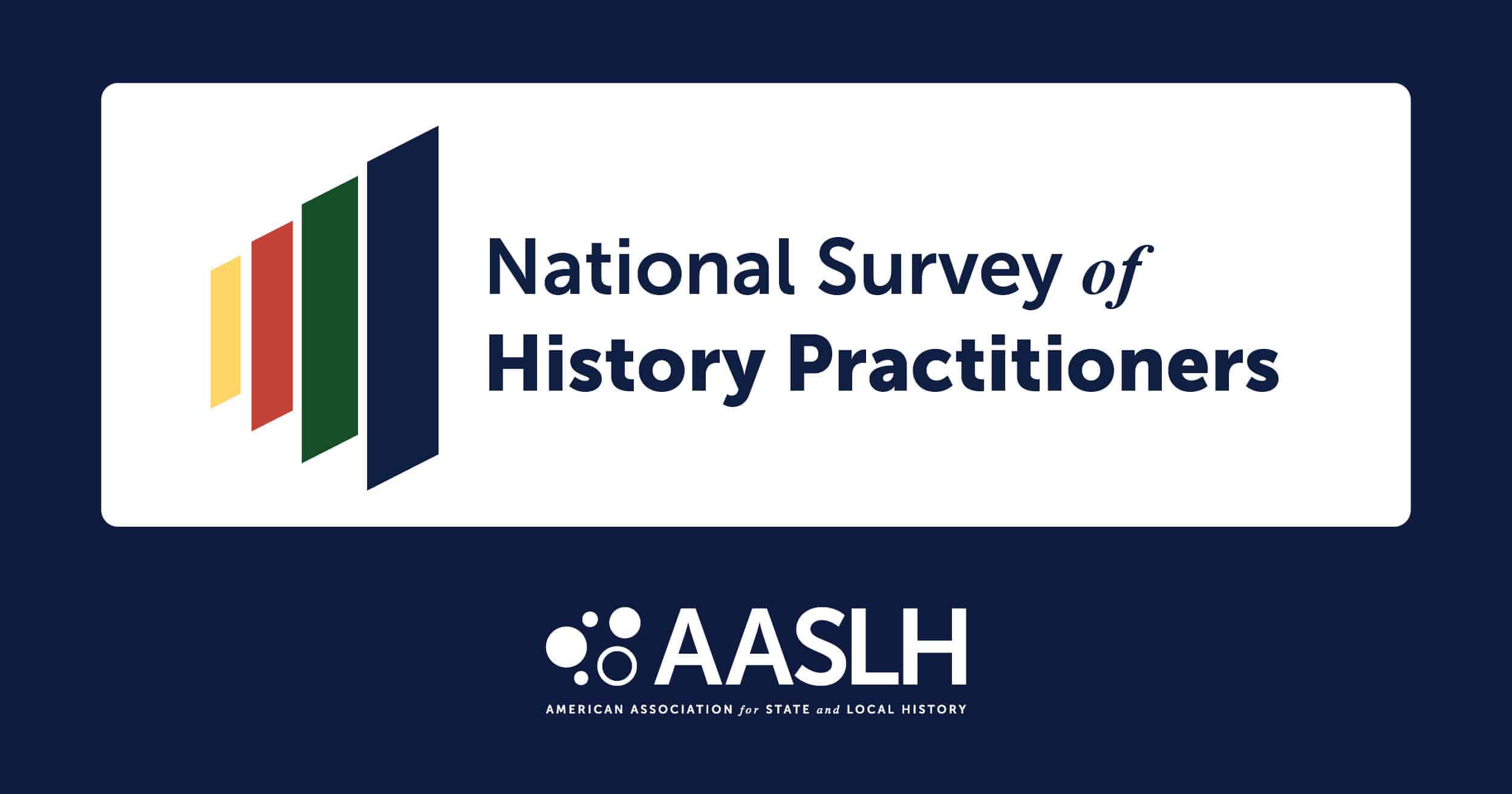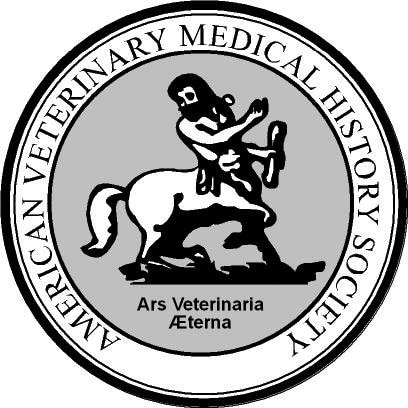This review originally appeared in the Spring 2018 issue of History News.
Digital Preservation Essentials
By Erin O’Meara and Kate Stratton (Christopher J. Prom, ed.)
(Chicago, Society of American Archivists, 2016)
Reviewed by Donna J. Baker
 The Trends in Archival Practice series extends core archival knowledge and promotes best practices by providing specific instruction and advice for subjects too complex to address in general archive fundamentals texts. A subject as complex and intimidating as digital preservation demands such a module. Digital objects are an everyday part of the archivist’s work, and regardless of the origin or format, must receive the appropriate levels of appraisal, description, arrangement, and preservation as would any other acquisition to the archival repository. Digital Preservation Essentials places the processing of digital material squarely within everyday practice, not as an afterthought.
The Trends in Archival Practice series extends core archival knowledge and promotes best practices by providing specific instruction and advice for subjects too complex to address in general archive fundamentals texts. A subject as complex and intimidating as digital preservation demands such a module. Digital objects are an everyday part of the archivist’s work, and regardless of the origin or format, must receive the appropriate levels of appraisal, description, arrangement, and preservation as would any other acquisition to the archival repository. Digital Preservation Essentials places the processing of digital material squarely within everyday practice, not as an afterthought.
Erin O’Meara, head of the Office of Digital Innovation and Stewardship at the University of Arizona Libraries, and Kate Stratton, collection development archivist at the Gates Archive, are the authors for Digital Preservation Essentials, comprised of “Module 12: Preserving Digital Objects” and “Module 13: Digital Preservation Storage.” Each module lays out best practices, demonstrates the application of accepted practice, and recommends workflows and other requirements for achieving implementing practice for archivists. Each module has its own glossary, allowing readers to have vocabulary support and the ability to enhance knowledge without completely disengaging from the material to look up words or concepts. The modules also have appendices for further reading and case studies to demonstrate how archivists might move from the module to implementation in their repositories. Diagrams and charts are used sparingly but effectively. Altogether, this text is only 135 pages in length, suggesting that the focus is truly on the practical information required by practitioners, not on theoretical concepts that can overwhelm.
 The takeaway of these modules is that it is essential that archivists take proactive, systematic action right now to preserve digital objects. Archivists and public historians of all kinds know that data is lost by obsolescence and poor application of preservation standards. Those tasked with managing archives must create meaningful workflows now and stop postponing digital preservation, no matter how daunting or expensive such work can seem.
The takeaway of these modules is that it is essential that archivists take proactive, systematic action right now to preserve digital objects. Archivists and public historians of all kinds know that data is lost by obsolescence and poor application of preservation standards. Those tasked with managing archives must create meaningful workflows now and stop postponing digital preservation, no matter how daunting or expensive such work can seem.
While I recommend this book to archivists with a bit of training and experience in digital preservation, I do not recommend it as a means to gain digital preservation expertise to cultural heritage caretakers who have had the title of “archivist” thrust upon them. These modules are neither designed for, nor directed to, novices. That stated, the recommended readings sections are useful to anyone wanting to know more about digital preservation. They are excellent core resources on digital preservation theory and practice, and also provide novices and/or smaller institutions with limited resources the vocabulary required to reach out to experts and form collaborative digital projects together.
***
Donna J. Baker is the University Archivist for Middle Tennessee State University in Murfreesboro, Tennessee. Prior to this, she was Head of Special Collections and Archives and curator of the Appalachia-Kentucky Collection at Morehead State University in Morehead, Kentucky. She received her MA in History from Eastern Illinois University and her MSLS from the University of North Carolina at Chapel Hill. She can be reached at [email protected].
Are you interested in contributing reviews to History News? Apply here.



